Fossil trove shows life's fast recovery after big extinction (Update)
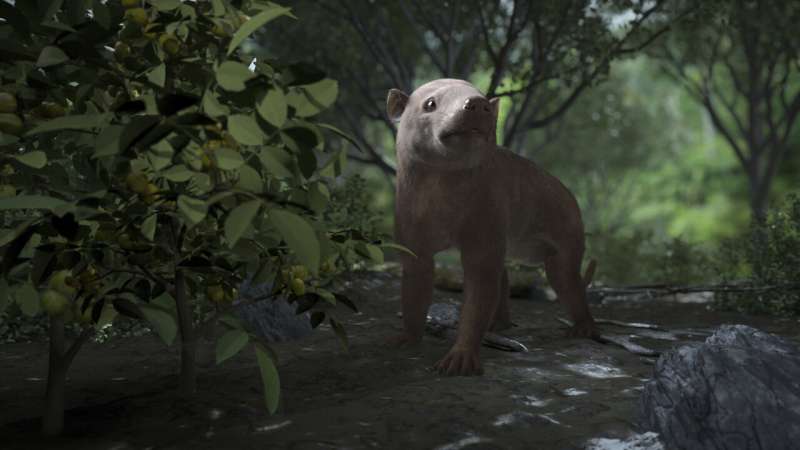
A remarkable trove of fossils from Colorado has revealed details of how mammals grew larger and plants evolved after the cataclysm that killed the dinosaurs.
The thousands of specimens let scientists trace that history over a span of 1 million years, a mere eyeblink in Earth's lifespan.
Sixty-six million years ago, a large meteorite smashed into what is now the Yucatan Peninsula of southeastern Mexico. It unleashed broiling waves of heat and filled the sky with aerosols that blotted out the sun for months, killing off plants and the animals that depended on them.
More than three-quarters of species on Earth died out.
But life came back, and land mammals began to expand from being small creatures into the wide array of forms we see today—including us.
So the new find taps into "the origin of the modern world," said Tyler Lyson, an author of a paper reporting the fossil finds Thursday in the journal Science.
The fossils were recovered from an area of steep bluffs covering about 10 square miles (25.9 square kilometers) near Colorado Springs, starting three years ago.
Lyson, of the Denver Museum of Nature and Science, found little in that area when he followed the standard practice of scanning for bits of bone. But that changed when he began looking instead for rocks that can form around bone. When the rocks were broken open, skulls and other fossils within were revealed.
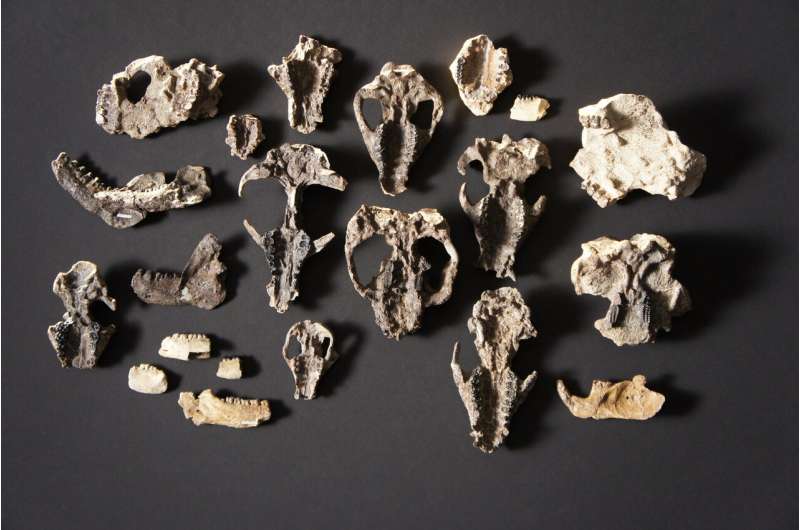
Lyson said it's not clear how wide a geographic region the fossils' story of recovery applies to, but that he thinks they show what happened over North America.
"We just know so little about this everywhere on the globe," he said. "At least now we have at one spot a fantastic record."
Experts not connected to the study were enthusiastic.
It's "an unparalleled documentary of how life on land recovered" after the asteroid impact, said P. David Polly of Indiana University in Bloomington. "The sheer number of fossil specimens and the quality of their preservation are exceptional" for this time period, he said.
The fossils' story certainly represents what happened in central North America and perhaps more broadly, he wrote in an email.
Stephanie Smith of the Field Museum in Chicago said the study's detailed focus on a single area can help scientists understand the complexity of recovery when combined with results from elsewhere.
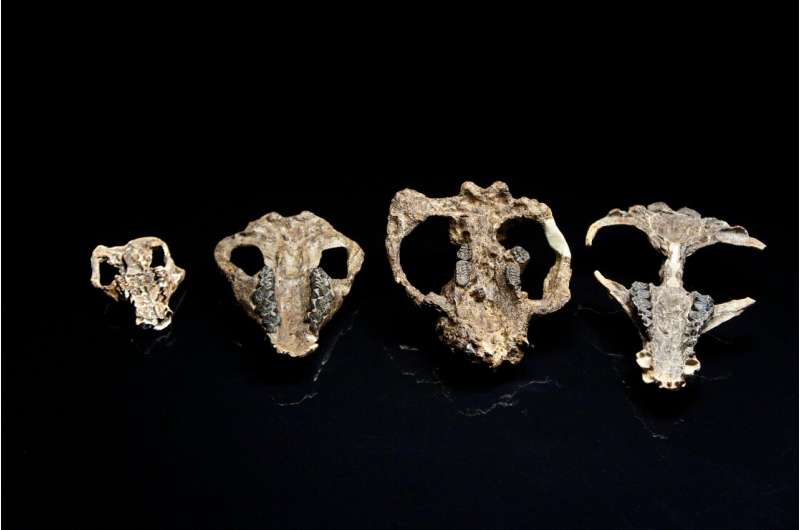
Scientists have previously found little evidence about what happened in the aftermath of the meteorite crash, especially on land, said Jin Meng of the American Museum of Natural History in New York. The new work, he said in an email, appears to provide "the best record on Earth to date."
The study reports on hundreds of mammal fossils representing 16 species and more than 6,000 plant fossils. Researchers also analyzed thousands of pollen grains to see what plants were alive at various times. Analysis of leaves indicated several warming periods during the period.
Here's the recovery story the fossils tell:
The area had been a forest before the meteorite hit, home to dinosaurs like T. rex and mammals no bigger than about 17 pounds (8 kilograms).
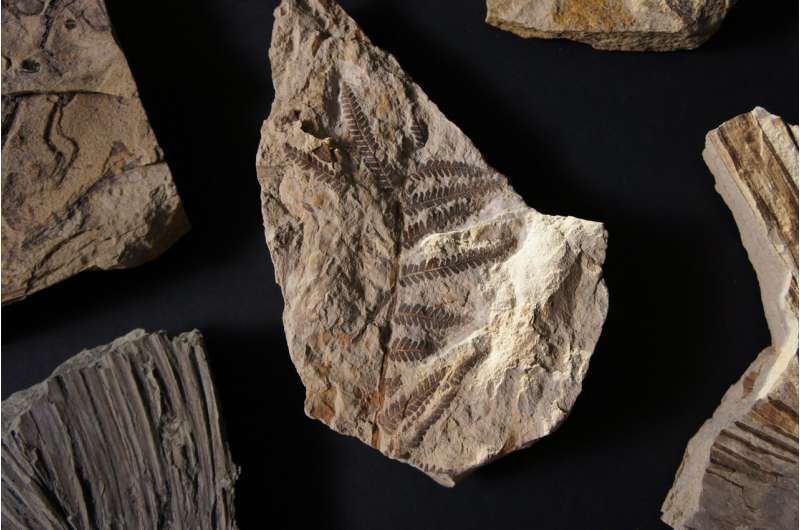
Soon after the disaster, the environment was blanketed with ferns and the biggest mammal around was about as heavy as a rat. The world was in a warming period, as documented in previous studies.
By about 100,000 years after the meteorite impact, the forest was dominated by palm trees and mammals had grown to the weight of raccoons, almost as big as before the meteorite crash. "That's a pretty rapid recovery, or at least one aspect of recovery," Lyson said.
By 300,000 years, the walnut tree family had diversified, and the biggest mammals were plant eaters about as heavy as a large beaver. Based on other studies of their diet, they may have evolved along with those trees, Lyson said.
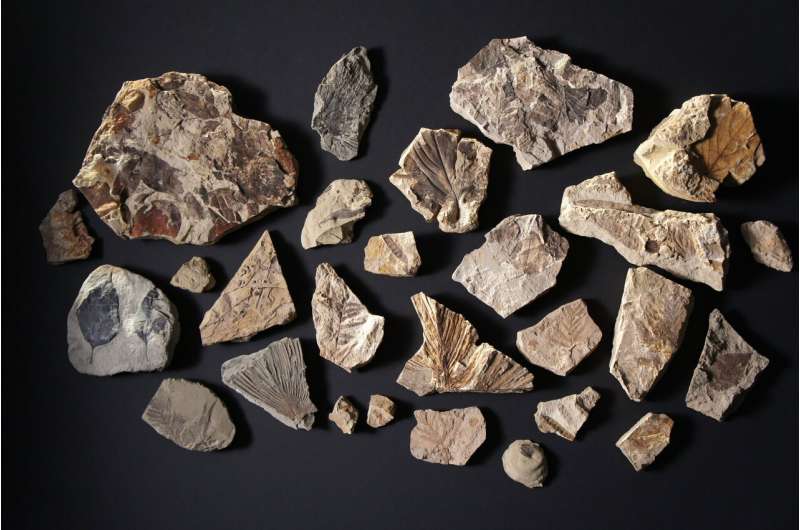
By 700,000 years, the fossil record shows the first known appearance of legume plants, the family that includes peas and beans. And it reveals the two largest mammals found in the study, with the larger one weighing about 100 pounds (50 kilograms), roughly like a wolf. That is about 100 times heavier than the mammals that survived the extinction, "which I think is pretty fast" for growth, Lyson said.
What drove mammals to get bigger? The main factor was the disappearance of the dinosaurs, leaving an ecological niche to be filled, he said. But the quality and types of food on the landscape probably also played a role, he said. The simultaneous appearance of legume plants and bigger mammals suggests the plants may have provided a "protein bar moment," Lyson said.
He said the mammals were creatures that evolved from animals that had survived extinction or those that immigrated from elsewhere.
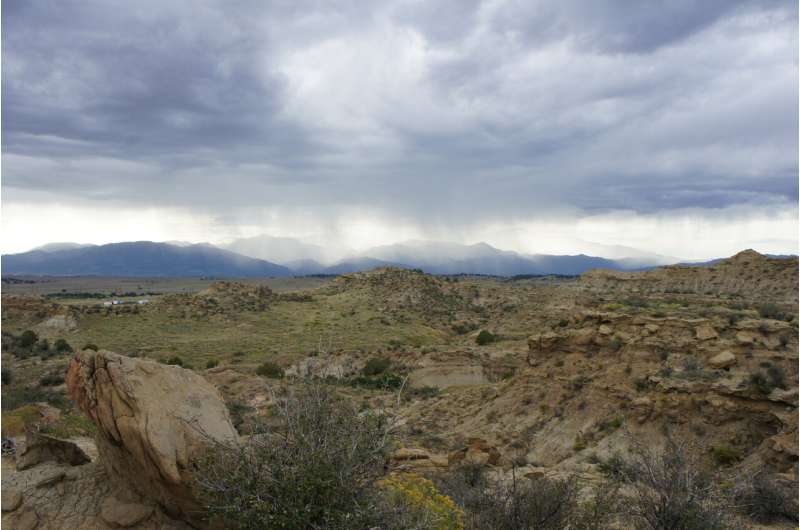
Zhe-Xi Luo of the University of Chicago, who did not participate in the work, said the report is remarkable for tying together records for plants, mammals and temperature, giving a "holistic picture."
Scientists expected mammals to recover after the dinosaur extinctions, he said, and the new work "is a huge step forward in getting a firm understanding about just how it happened."
More information: T.R. Lyson el al., "Exceptional continental record of biotic recovery after the Cretaceous-Paleogene mass extinction," Science (2019). science.sciencemag.org/lookup/ … 1126/science.aay2268
"Stepping out of the dinosaurian shadow," Science (2019). science.sciencemag.org/lookup/ … 1126/science.aaz6313
Journal information: Science
© 2019 The Associated Press. All rights reserved.



















